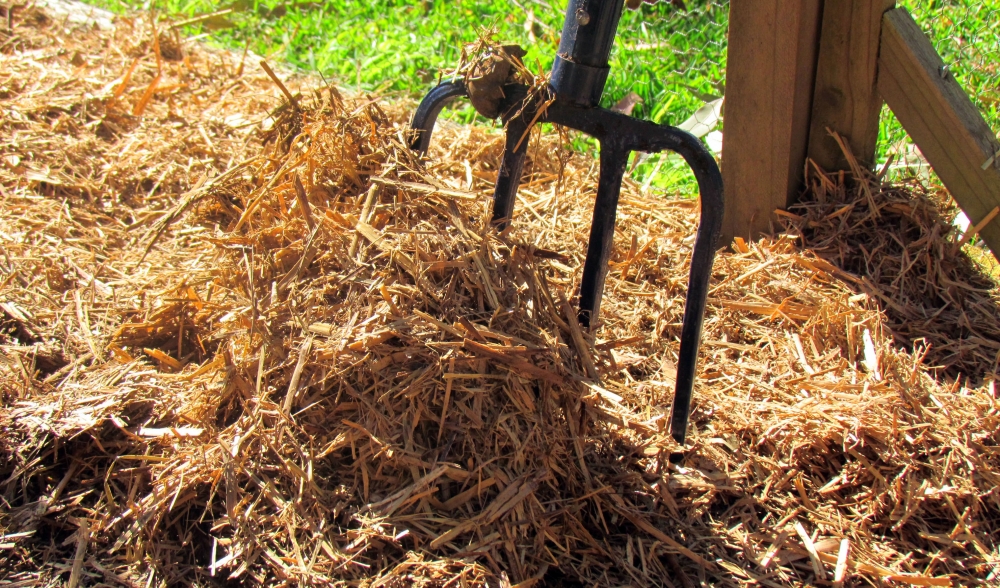Expert Mulching Tips from THe Garden Maintenance Sydney Experts
A mulch is a loose covering of material on the surface of the soil. Mulches can be either biodegradable - loose organic materials such as compost, manure, leafmold, and bark, all of which will eventually rot down - or non-degradable, such as plastic sheeting, gravel, or glass chippings, which do not add organic matter to the soil.
Most mulches are applied to suppress weeds, but they also help to retain moisture in the top layer of the soil (beneficial to shallow-rooting plants). Mulches can also help to regulate soil temperature, buffering against extreme highs and lows. Dark mulches absorb sunlight during the day and radiate heat at night, while light-coloured materials will reflect heat rather than store it. The temperature above light mulches can thus be significantly lower at night.
Biodegradable mulches
Biodegradable mulches play the most important role in soil management. As they gradually decompose on the soil surface, they are absorbed into the soil by rain and the activities of worms and other soil-borne creatures and eventually broken down completely. This will improve the soil structure and supply plant nutrients. The quantity and rate at which the nutrients become available depend on the particular mulch.
How to apply mulch
The soil must be wet before you apply a mulch since dry, moist soils are difficult to re-wet once covered with a mulch as it acts as a barrier to rainwater. For the same reason, the soil must be warm since the mulch can act as an insulating barrier. This is particularly the case with light-coloured mulches, so these should never be applied in winter or early spring. Once in place on warm, moist soil, a mulch helps to keep it warm and humid but prevents it from getting too hot or too wet. This moderating effect is perfect for plant roots and soil life.
Spread the mulch evenly over the soil surface with a garden fork or rake. How quickly you apply it depends on the size of the plant and how much material you have available. Even a 1cm layer will help to improve the soil structure, but it will take an even layer of mulch 8-10cm thick to control weeds effectively.
In most cases, particularly for trees and shrubs, you should maintain a space between the mulch and the plant stem, as contact can encourage rotting and cause a grafted tree or shrub to shoot from the rootstock. Occasionally, however, mulching up to the stem can be beneficial; for example, tomato and cabbage plants take root into mulch mounded around their stems, helping them grow.
For the best landscape plans, rely on our Sydney Landscape Designers.
Are you ready for a custom-designed garden? Come and discover our creative services today!
- Landscape Design Sydney
- Landscape Architects Sydney
- Garden Design Sydney
- Hills Shire Landscape Design
- Landscape Design Northern Beaches
- Landscape Design Sutherland Shire
- Landscape Design North Shore
- Landscape Design Bondi
- Landscape Design Mosman
